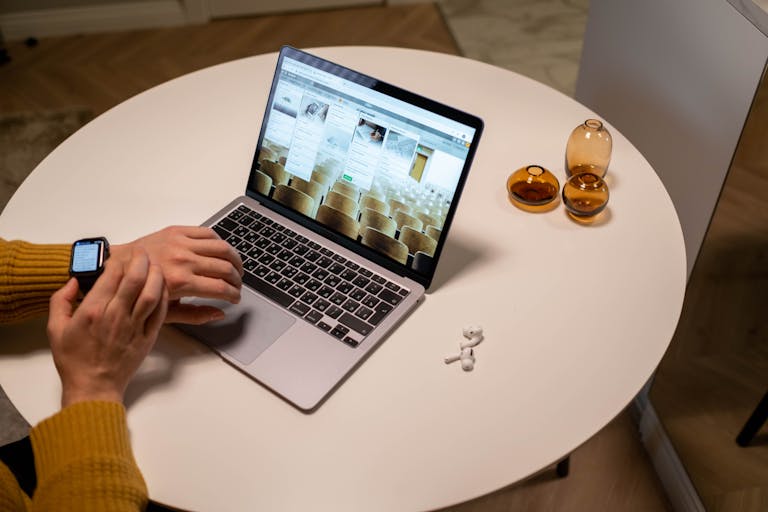In today’s hyper-connected world, it’s easy to feel overwhelmed by constant notifications, information overload, and digital clutter.
Digital minimalism offers a refreshing solution: intentionally simplifying your digital life to focus on what truly matters.
Practicing digital minimalism isn’t about rejecting technology; it’s about using it purposefully and mindfully to enhance your mental well-being.

1. What is Digital Minimalism?
Digital minimalism is a philosophy that encourages:
- Curating your digital tools carefully.
- Prioritizing meaningful online activities.
- Eliminating mindless scrolling and unnecessary tech use.
It’s about quality over quantity — using technology to support your goals, not distract from them.
2. The Mental Health Benefits of Digital Minimalism
Adopting digital minimalism can lead to profound mental health improvements:
- Reduced anxiety: Fewer notifications and interruptions lower stress levels.
- Better sleep: Less screen time improves sleep quality and duration.
- Increased focus: Eliminating distractions boosts concentration and productivity.
- Enhanced self-esteem: Reducing social media exposure curbs unhealthy comparisons.
The positive effects ripple through every aspect of life.
3. How to Start Your Digital Minimalism Journey
Step 1: Conduct a Digital Declutter
Take inventory of your apps, devices, and digital habits:
- Which apps bring you value?
- Which ones waste your time or cause anxiety?
Delete or disable apps that don’t serve a meaningful purpose.
Step 2: Set Clear Tech Boundaries
Examples of healthy boundaries:
- No phones at the dinner table.
- No social media after 8 PM.
- Email checking limited to specific times.
Boundaries protect your attention and energy.
Step 3: Curate Your Social Media Feeds
Unfollow accounts that don’t inspire or add value.
Follow creators, pages, and communities that align with your passions, goals, and positivity.
Step 4: Embrace Single-Tasking
Multitasking fragments your mind.
Practice doing one thing at a time — whether working, scrolling, or relaxing — and give it your full attention.
4. Replace Digital Time with Meaningful Alternatives
Instead of endless scrolling, fill your freed-up time with activities that nourish you:
- Reading physical books.
- Practicing a hobby.
- Spending time outdoors.
- Deep conversations with friends and family.
- Journaling or meditating.
Reconnecting with real-world experiences enhances overall well-being.
5. Maintain Digital Minimalism Long-Term
Regularly Re-Evaluate:
Every few months, reassess your digital habits. Are any new apps or patterns creeping in?
Mindful Upgrades:
Before downloading a new app or device, ask yourself:
“Will this genuinely improve my life?”
Celebrate Progress, Not Perfection:
Minimalism is a journey, not a destination.
Small, consistent steps lead to lasting transformation.
Q: Is digital minimalism about giving up smartphones or social media completely?
A: No. It’s about intentional use — keeping what serves you and letting go of what distracts or harms your mental health.
Q: How long does it take to notice mental health improvements with digital minimalism?
A: Many people experience reduced stress and improved focus within the first few weeks of simplifying their digital lives.
Ready to simplify?
Challenge yourself: delete three apps you haven’t used in the past month. Feel the mental space you reclaim!

I’m EKBAL HOSSAIN MONDAL, the creator of SmartSolveTips.com — a blog dedicated to helping people improve productivity, avoid digital burnout, and live better online. With years of hands-on experience in self-development and digital wellness, I write practical tips and tools to help you stay focused and thrive in a fast-paced digital world.






